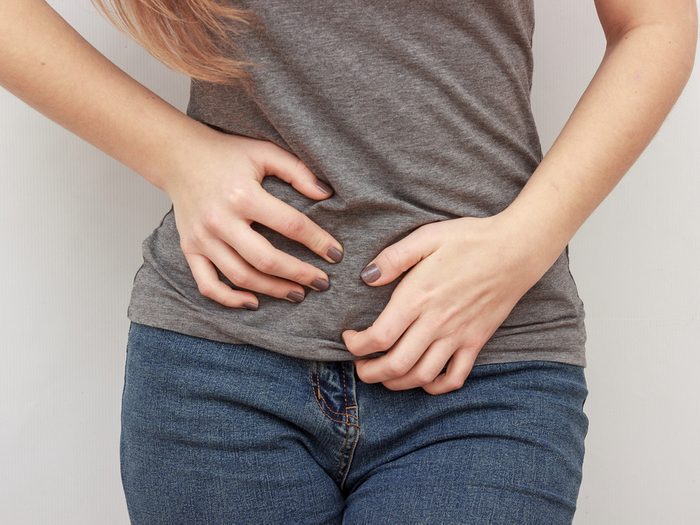
The deal with getting a urinary tract infection
Anyone who’s suffered through a urinary tract infection (UTI) will tell you that they’ll do anything to never experience one again. A UTI occurs when bacteria gets into your urine, travels up the urethra, and then into your bladder. According to the Urology Care Foundation, about 60 percent of women and 12 percent of men will develop at least one UTI in their lifetime. Proper hygiene, such as wiping front to back after bowel movements, peeing right after sex, washing foreskin regularly, and avoiding douches, are a few ways to prevent UTIs from occurring. Unfortunately, a woman’s anatomy makes her more prone to getting UTIs because her urethra is shorter, meaning bacteria has less of a distance to travel before getting to the bladder. In addition, because the opening of the urethra is in front of the vagina, bacteria near the vagina can get into the urethra from contact with the penis, fingers, or devices during sex. Read on to learn about the symptoms of a UTI so you can head to your physician for treatment as soon as you spot them.

Urinating is accompanied by a sharp pain or burning sensation
An uncomfortable burning sensation upon urination is one of the symptoms of a UTI. Pain with urination, called dysuria, can be felt in the urethra or perineum, which is the area surrounding your genitals. “Oftentimes, the burning is from the acidic urine irritating the lining of the bladder and urethra,” says Lisa Hawes, MD, a urologist with Chesapeake Urology Associates in Fulton, MD and a spokesperson for the Urology Care Foundation. “The bacteria damages the lining of the bladder and urethra and then the acidic urine acts like alcohol over a cut, causing the burn.”
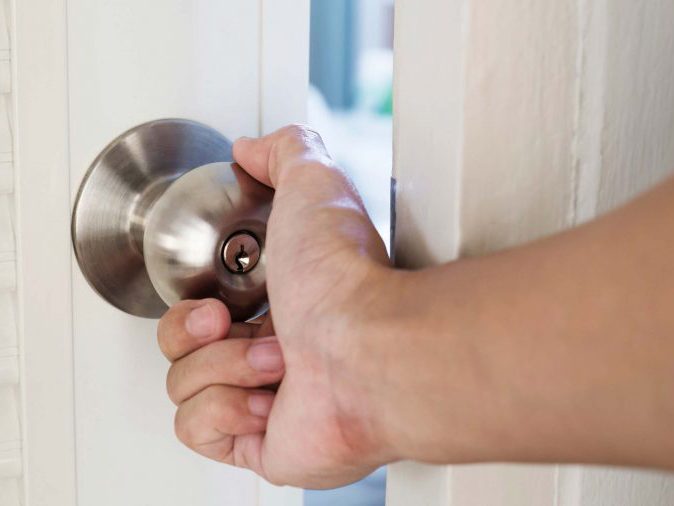
You need to pee constantly
If you find yourself going to the bathroom all day long, track just how often nature is calling for you. UTIs can cause urinary frequency, which is also known as a hyperactive, irritable, or overactive bladder, according to the Urology Care Foundation. Going to the bathroom more than eight times in 24 hours, including a couple times overnight, could be one of the symptoms of a UTI.
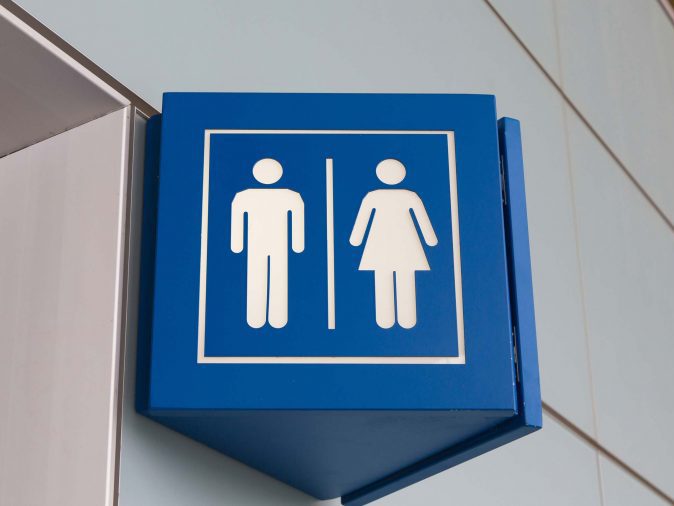
You gotta go—now!
You’ll also find that accidents and leaks are more likely to happen if you’ve developed a UTI, says Stephanie J. Kielb, MD, an associate professor of urology, medical education, and obstetrics and gynecology at Northwestern University’s Feinberg School of Medicine in Chicago, IL. Ordinarily, we’re able to contain our urine long enough to get to a bathroom, but if there’s an infection, the urge can be uncontrollable because the muscle surrounding the bladder starts contracting before the bladder is full, signalling that it is “time to go,” she says. Keep in mind, one of these other medical issues could be the cause of you’re frequent urination.
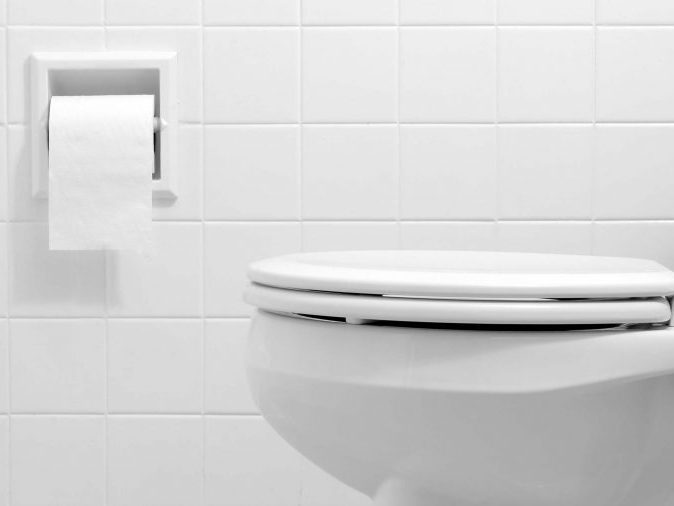
Your urine looks cloudy
If your urine isn’t its usual clear straw-yellow or a lighter colour, something could be amiss. Urine is comprised of waste and byproducts that have been cleared away from the foods, drinks, and medications you’ve consumed along with water, bacteria, environmental toxins, and other elements. A cloudy colour could be one of the symptoms of a UTI. “Many things change urine colour, including things we eat, medicines we take, and the concentration of the urine,” Dr. Hawes says. “Oftentimes with a UTI, the urine is cloudy with possible small whitish debris.”

Your urine has a strong, foul odour
Urine isn’t exactly supposed to smell like potpourri—and some medicines or foods like asparagus can be the culprit behind some strong, nasty scents, but if you’ve noticed a distinct change in your pee’s odour when there’s been no change in your diet or medication, that may be one of the symptoms of a UTI. While sweet-smelling urine could indicate uncontrolled diabetes and a spike in blood glucose levels, foul-smelling pee could indicate the presence of bacteria in the urinary tract or an infection in your bladder, Dr. Kielb says.

You have soreness in your lower abdomen, back, or sides
The type of pain you’re feeling could also indicate where the infection has taken place. Pain in the back and side could signal a kidney infection or pyelonephritis. Pressure in the pelvic area or lower abdomen is a symptom of a bladder infection also known as cystitis, Dr. Kielb explains. Here are some more reasons for your lower abdominal pain.
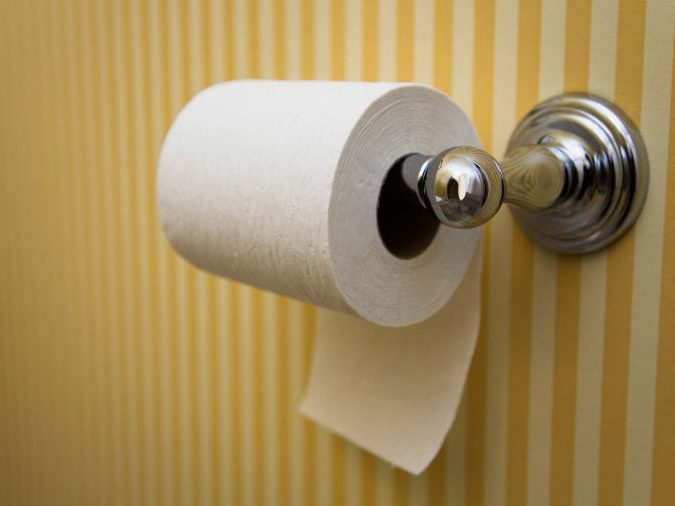
Urine is a red or pinkish colour
If you notice that your urine is tinted with a pinkish colour, it could indicate a presence of blood, which can be one of the symptoms of a UTI or kidney stone. Note that this could also indicate a more serious (though rarer) health issue like bladder or kidney cancer, so contact your physician if you notice blood in your urine. “Blood in the urine in the presence of a UTIs not uncommon,” Dr. Hawes says. “Blood in the urine without an infection needs to be evaluated by a specialist. The specialist will rule out stones, blockages, and cancers.”

If you suspect UTI symptoms, see a doctor
As painful as UTIs can be, at least treatment is quick and effective. A physician will generally prescribe antibiotics that will clear a simple bacterial infection in a matter of days, Dr. Kielb says. But if the infection is left untreated, it could develop into a life-threatening blood infection called sepsis or the bacteria could spread to your kidneys, which causes other symptoms such as back pain, chills, fever, nausea, and vomiting.
Next, check out the health myths even doctors believe.
